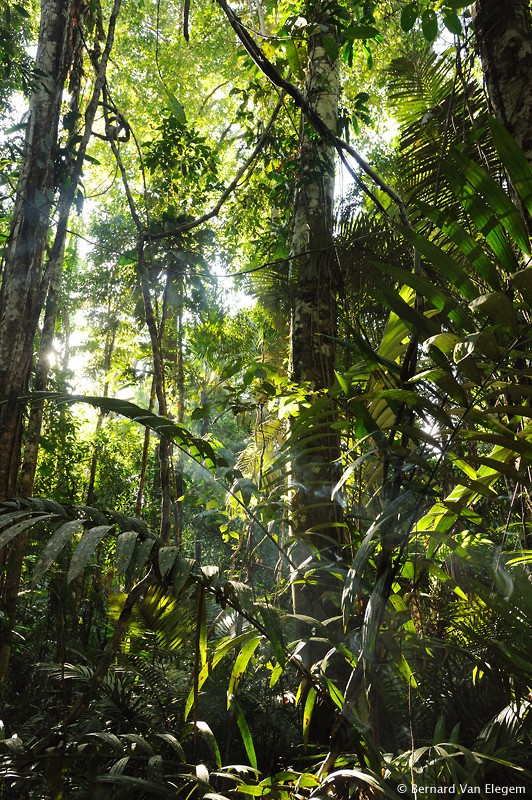

These bacteria, the fungi, the archaea, they’re the ones that are cycling the carbon, decomposing things, cycling nitrogen, filtering water, building soil, soil structure. In forests, the same thing the belowground world is a perfect example of that. And yet, they can be almost invisible in the hierarchy of our social system. Suzanne Simard: The most powerful parts of our social systems can be the elder that has aged and is guiding younger people or guiding their culture. Suzanne Simard calls the mature hub trees in a forest “mother trees” - parenting eldering in a mode of mutuality and reciprocity modeling what we also know to be true of genuinely flourishing human ecosystems. All of this turns out to be validating - catching up with - intelligence long held in Aboriginal science. The processes that make for a high-functioning forest mirror the maps of the human brain that we’re also just now drawing. What she helped the world see next is resonant intelligence about more than trees. Suzanne Simard began her rigorous, groundbreaking research with three types of coexistent species: paper birch, Douglas fir, and western red cedar. Modern forestry had applied a logic of human societies and what our eyes could see, assumed that trees compete with each other for light and soil, and thus tore out mature trees to plant marketable young species alone and set apart. She has shifted her field of science on its axis and was an inspiration for the central character in Richard Powers’s celebrated novel The Overstory.īut it’s the understory of a forest that Suzanne Simard brought into the light. Krista Tippett, host: She is the forest ecologist who has proven beyond doubt that trees communicate with each other, that a forest is a single organism, “wired,” Suzanne Simard says, “for wisdom” and for what it is hard to call anything other than care.


 0 kommentar(er)
0 kommentar(er)
